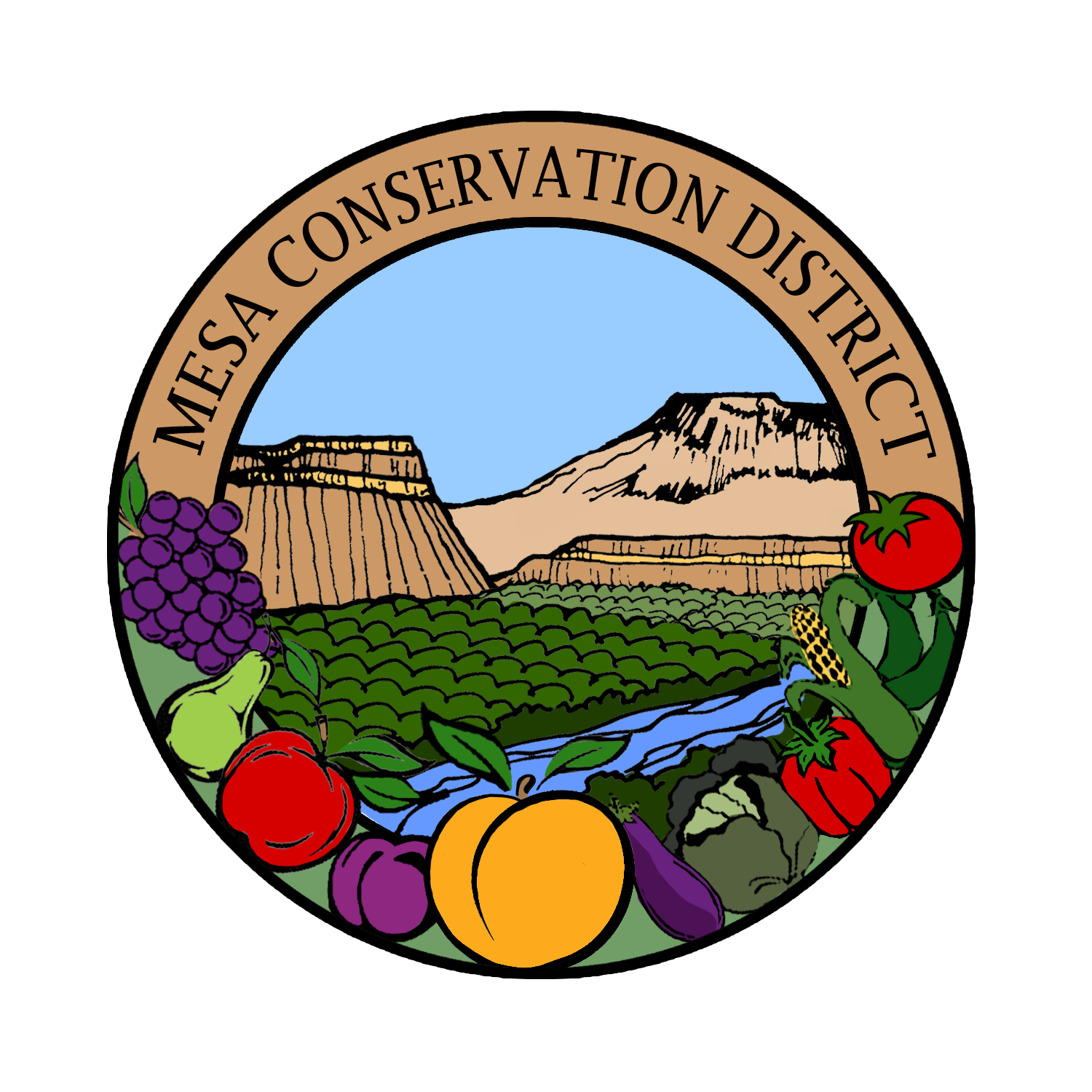
Annual Local Work Group Meetings
What is a Local Work Group?
Rooted in the locally-led conservation process, Local Work Groups (LWG) make the connection between Conservation Districts, NRCS, State, local partners, and producers to work through an assessment of current natural resource concerns in a given area or region and to identify opportunities and challenges that NRCS and partners can address through their conservation programs. This input helps guide local decision making and can influence state, regional and national program, and policy development.
In accordance with 7 CFR Part 610, Subpart C, Local Work Groups are subcommittees of the State Technical Committee and provide recommendations to USDA on local and state natural resource priorities and criteria for conservation activities and programs. This process can also be valuable to local and state leaders in the development of priorities, programs and policies.
Local Work Groups
2024 Local Work Group Meeting
2025 Local Work Group Meeting
More information coming soon!
